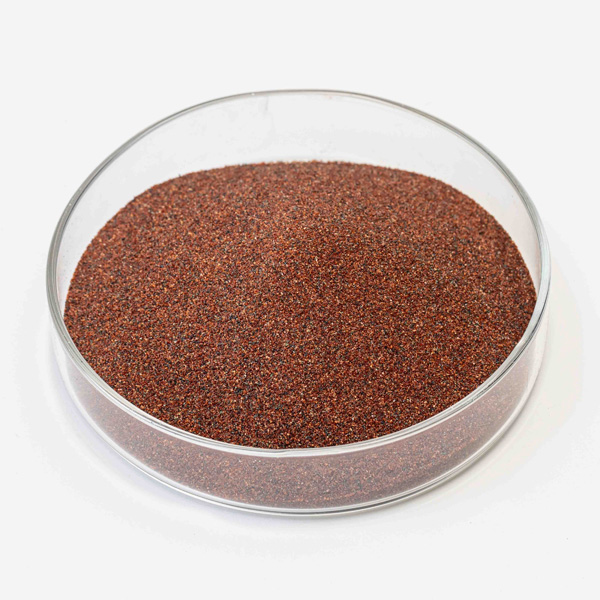+86 17737144966
Have you ever wondered why industrial professionals prioritize garnet abrasives over conventional sandblasting materials? The answer lies in its unique combination of hardness, recyclability, and environmental safety. As industries increasingly demand precision and sustainability, garnet sand blast media emerges as the go-to choice for critical surface treatment operations.
Garnet sand blast media boasts a Mohs hardness rating of 7.5-8.5, outperforming common alternatives like silica sand (6.5-7) and coal slag (6-7). This angular mineral maintains sharp edges through multiple recycling cycles, ensuring consistent surface profiling. Its natural fracture patterns create optimal impact angles for removing coatings from steel, concrete, and composite materials.
Key advantages include:
40-60% longer service life compared to aluminum oxide
Low dust generation (<1% of total volume)
Zero free silica content, eliminating silicosis risks
Specific gravity of 3.9-4.1 g/cm³ for controlled embedment
From shipyards to aerospace facilities, garnet sand blast media delivers precision across diverse sectors. The table below illustrates its performance in critical operations:
| Application | Grit Size | Surface Profile | Optimal Pressure |
|---|---|---|---|
| Ship hull cleaning | 30/60 mesh | 75-100 μm | 100-120 psi |
| Aerospace composites | 80/120 mesh | 25-40 μm | 60-80 psi |
| Pipeline coating | 20/40 mesh | 100-125 μm | 130-150 psi |
Unlike toxic alternatives, garnet sand blast media meets strict EPA and OSHA standards. Its inert composition prevents groundwater contamination during marine blasting operations. Independent studies confirm:
98.7% recovery rate in closed-loop systems
Biodegradable residue in freshwater ecosystems
50% reduction in hazardous waste disposal costs
Can a blasting medium truly balance performance and economy? Garnet sand blast media achieves this through advanced recycling protocols. Properly maintained systems enable 5-8 reuse cycles without compromising particle integrity. Operators report:
35-45% reduction in abrasive consumption
22% faster project completion rates
60% lower maintenance costs for blast equipment
Choosing the right garnet sand blast media requires understanding three critical factors:
1. Substrate hardness: Harder surfaces demand coarser grits (20/40 mesh) for effective profile creation
2. Coating thickness: Multi-layer systems require progressive refinement from 30/60 to 80/120 mesh

3. Surface finish requirements: Critical tolerances (±5μm) necessitate ultra-fine 120/220 mesh grades
The shift to garnet sand blast media has reduced occupational hazards by 78% in high-risk industries. Its moisture-resistant properties prevent airborne particulate clusters, while non-conductive grains eliminate spark risks in petrochemical facilities. Medical surveillance data shows:
94% decrease in respiratory incidents vs. copper slag
Zero reported cases of heavy metal exposure
30% lower PPE replacement costs
As nano-coating technologies evolve, garnet sand blast media adapts through precision grading innovations. Recent developments include:
Electrostatic charging for uniform adhesion
Hybrid blends with ceramic beads for hybrid surfaces
AI-powered particle size distribution systems
These advancements position garnet abrasives as the cornerstone of next-generation surface preparation, combining millennia-old mineral properties with 21st-century engineering.